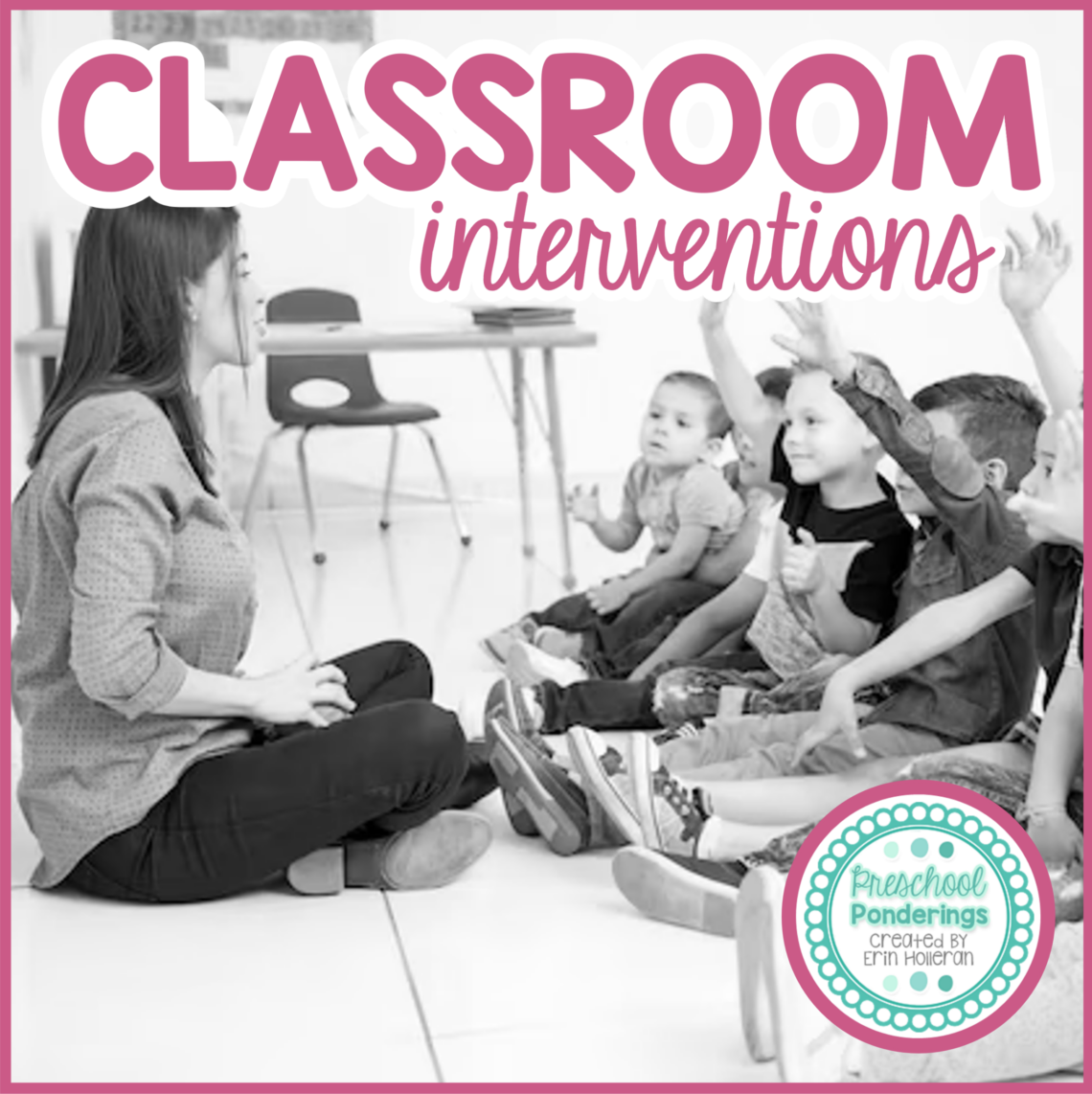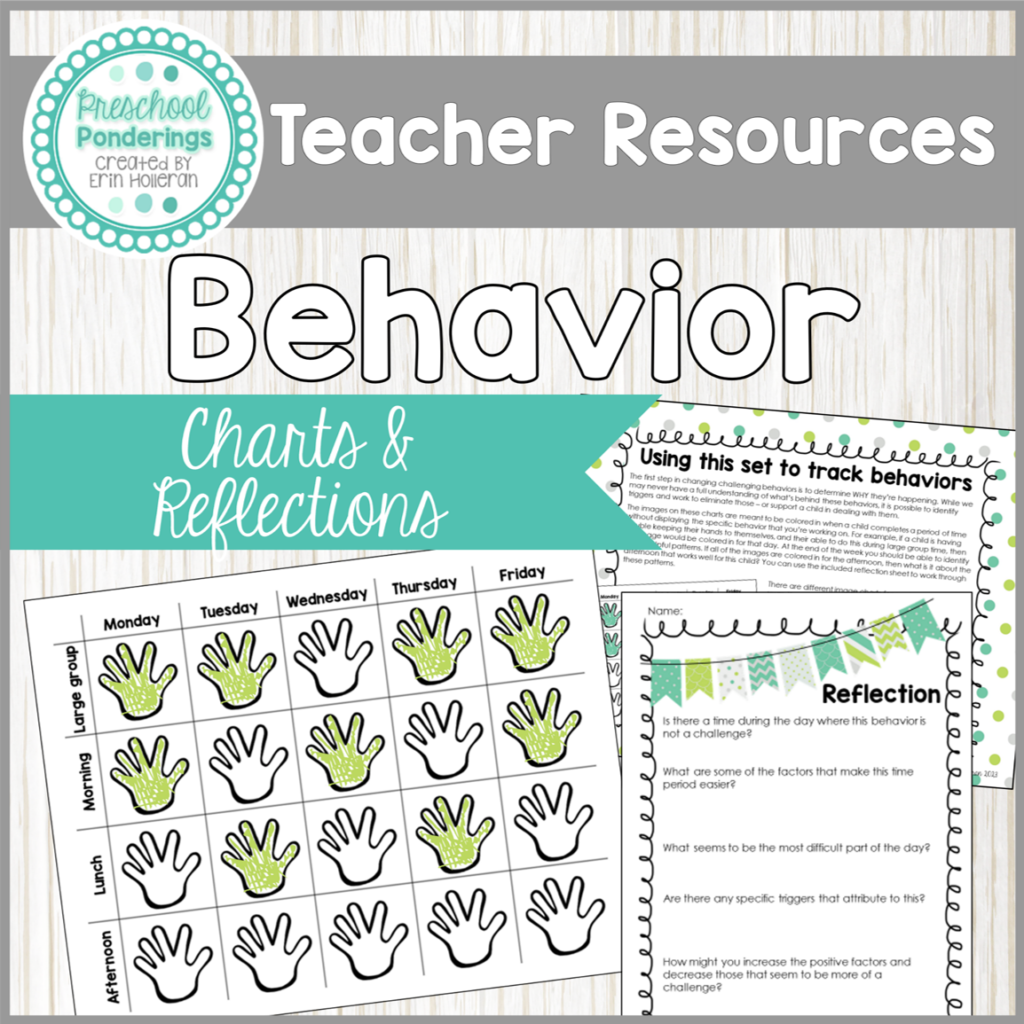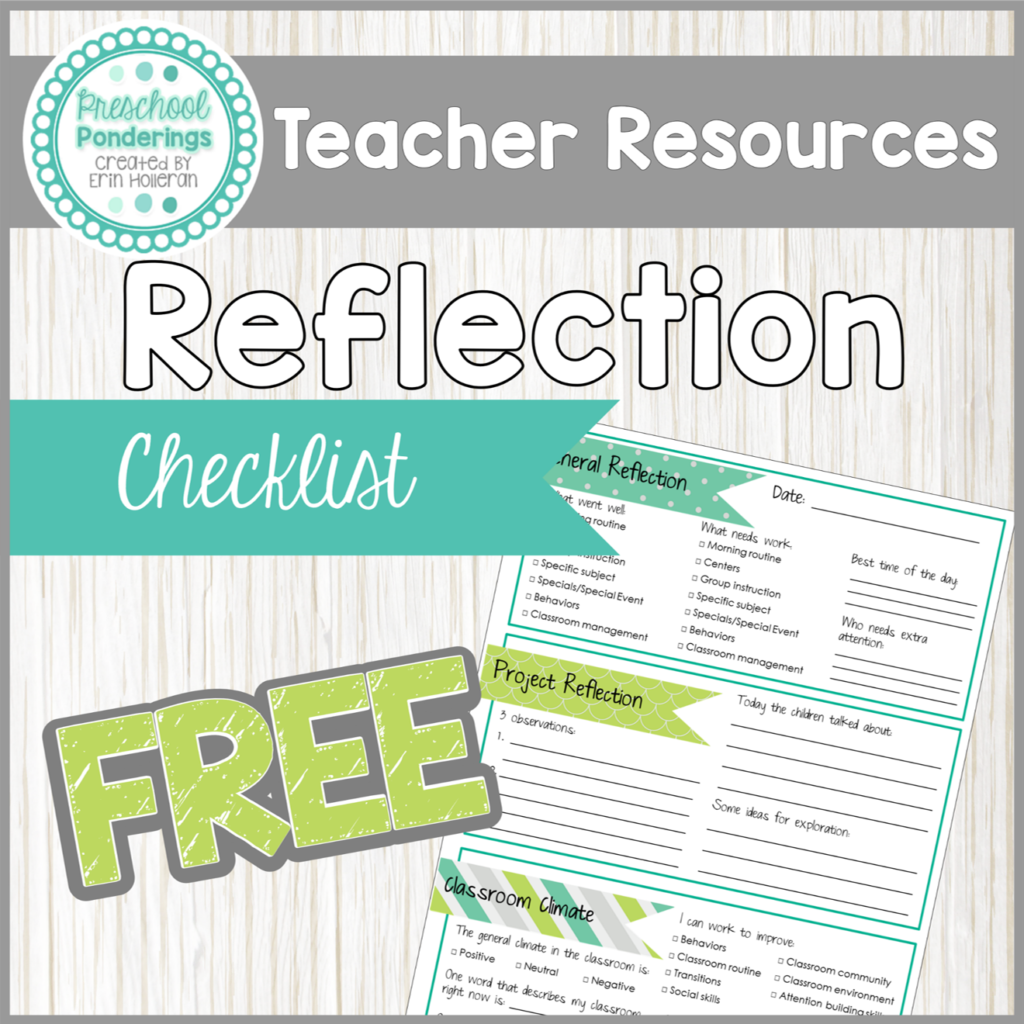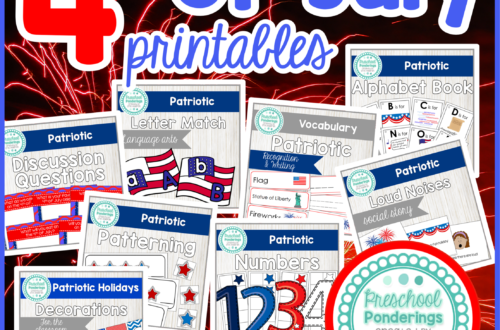
Starting Classroom Interventions

After conferences, the next step is implementing any interventions that you’ve discussed with families. Some interventions are simple and make an immediate difference, others can be a bit more complicated. So how do you go about all of this? One small step at a time!
The most important thing to know about classroom interventions is that you can tweak them any time. No intervention is set in stone, and if something isn’t working it’s always ok to make a change. This mindset can make interventions helpful and supportive instead of one more classroom task.
Give yourself and the children grace. Some days these will work really well, and other days will be a disaster. Pay attention to those rough days so that you can identify what it was that didn’t work and why. Here are two reflection resources that can be especially helpful when you’re trying to be especially intentional about interventions:


Behavior Charts and Reflections
Challenging behaviors can impact every aspect of the classroom environment and community. This behavior management tool will help you observe these behaviors so that you can pinpoint patterns and reflect on these in order to begin developing interventions. This is the first step in the process that will not only give you a better understanding of the factors impacting these behaviors, but will also serve as a tool that you can use to evaluate the interventions themselves as you implement them.
The first step in changing challenging behaviors is to determine WHY they’re happening. While we may never have a full understanding of what’s behind these behaviors, it is possible to identify triggers and work to eliminate those – or support a child in dealing with them.
The images on these charts are meant to be colored in when a child completes a period of time without displaying the specific behavior that you’re working on. For example, if a child is having trouble keeping their hands to themselves, and their able to do this during large group time, then this image would be colored in for that day. At the end of the week you should be able to identify some helpful patterns. If all of the images are colored in for the afternoon, then what is it about the afternoon that works well for this child? You can use the included reflection sheet to work through these patterns.
There are different image charts for each month of the year. You can print the one that aligns with where you are when you need to track these behaviors, or you can use a different image for each child to help keep things organized.
The hope is that you’ll only have to use these short- term, in order to pinpoint those patterns – but they can be used long-term, or once you’ve got a better understanding of one behavior then you can use them to do the same with a different behavior.
Once interventions have been put in place, these charts can also be used to get a better understanding of how those interventions are working, and what might need more attention.
This check sheet is designed to help you reflect on your day to day activities, general classroom climate, and also your class project. It is meant to help you look at your day and get your thoughts down on paper quickly. Your time is precious, but so are your thoughts. This check sheet will help you reflect by serving as a record of your day that you can revisit at any time. Print multiple sheets and use them daily, this will help you to see patterns over a period of time. Perfect reflection tool for classrooms that use the Project Approach or Reggio Emilia philosophies
This product is designed to be used in conjunction with my Project Approach Teacher Planner , which includes blank project webs, observation questions, note pages for observations and ideas, list pages, project summary sheets, field experience logs, documentation checklists, and planning checklists.




